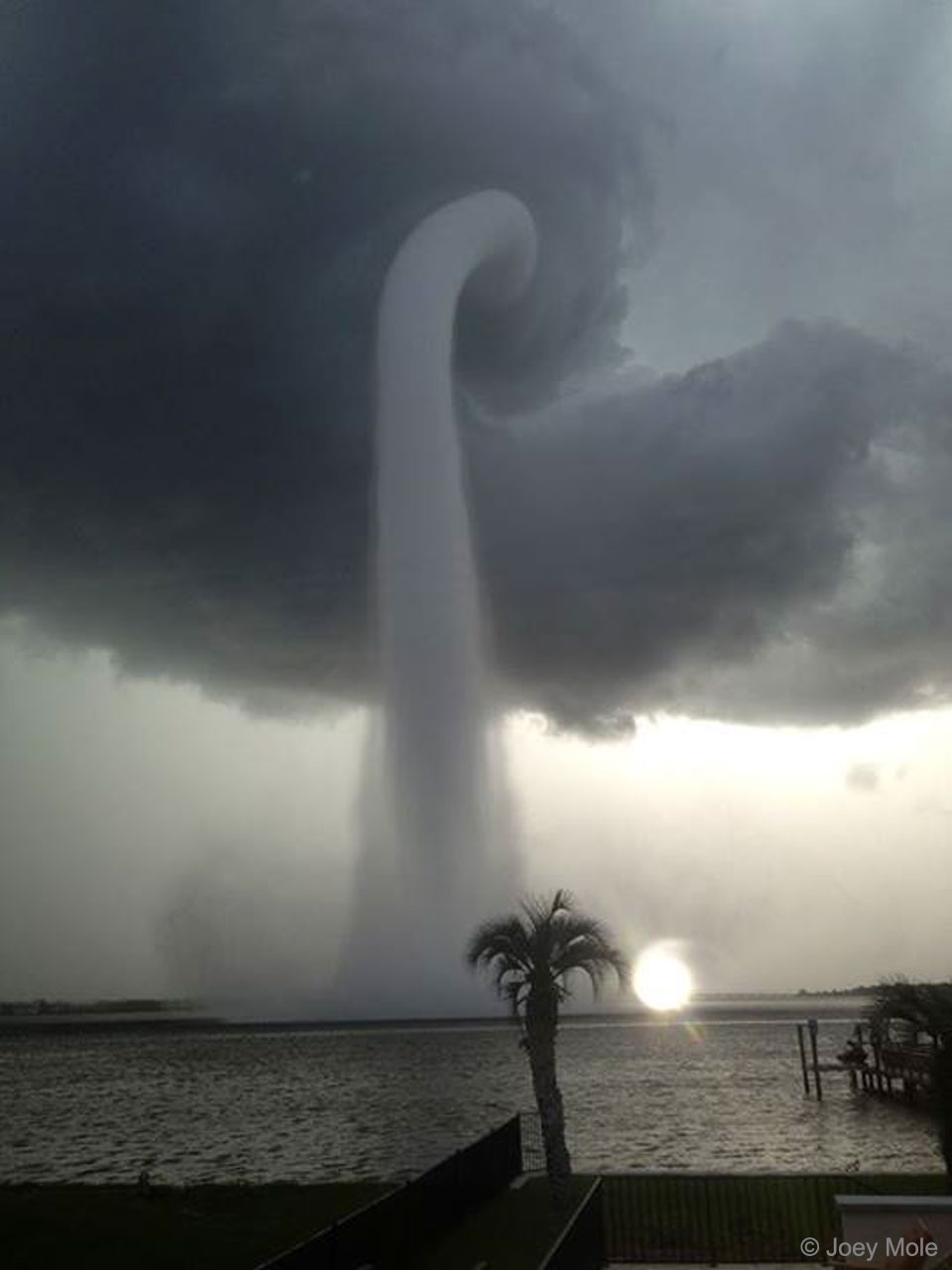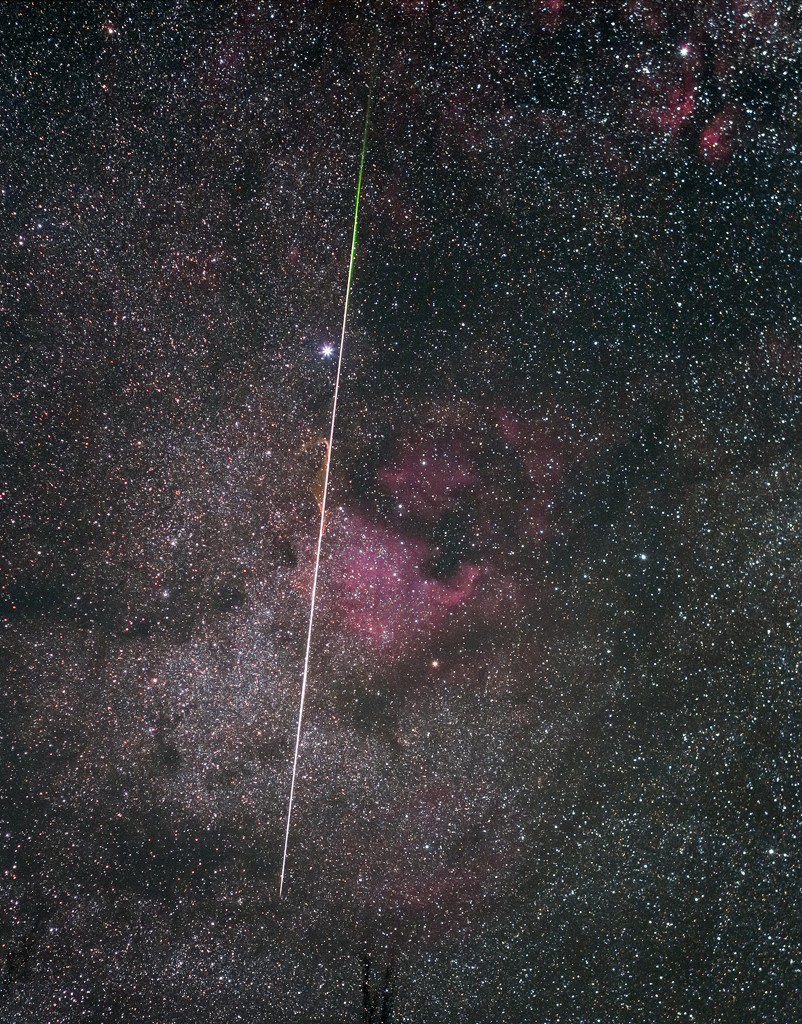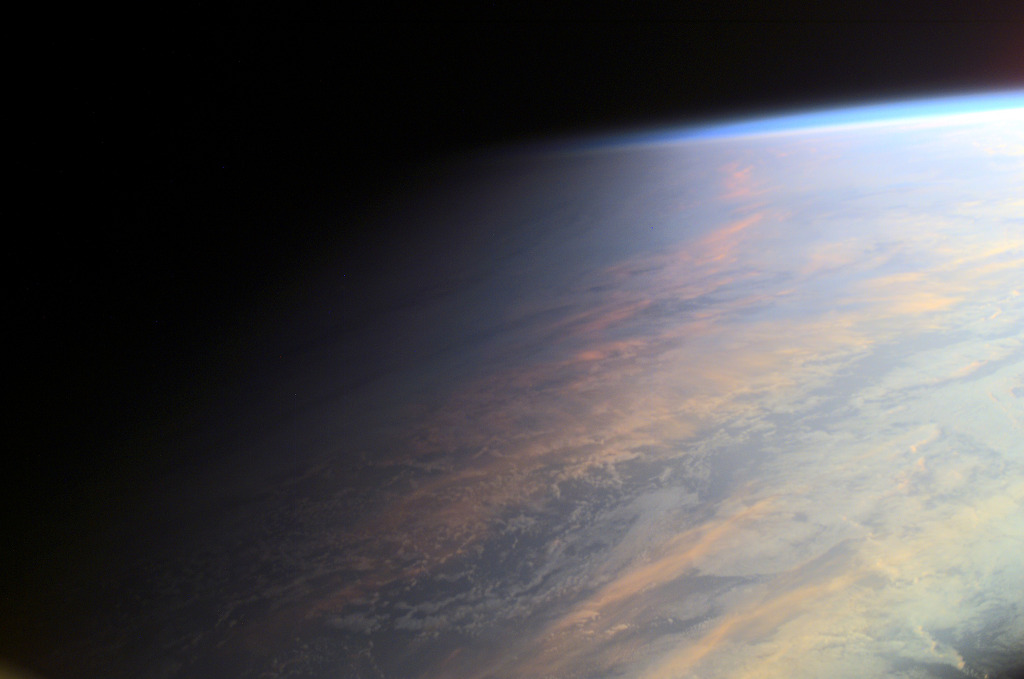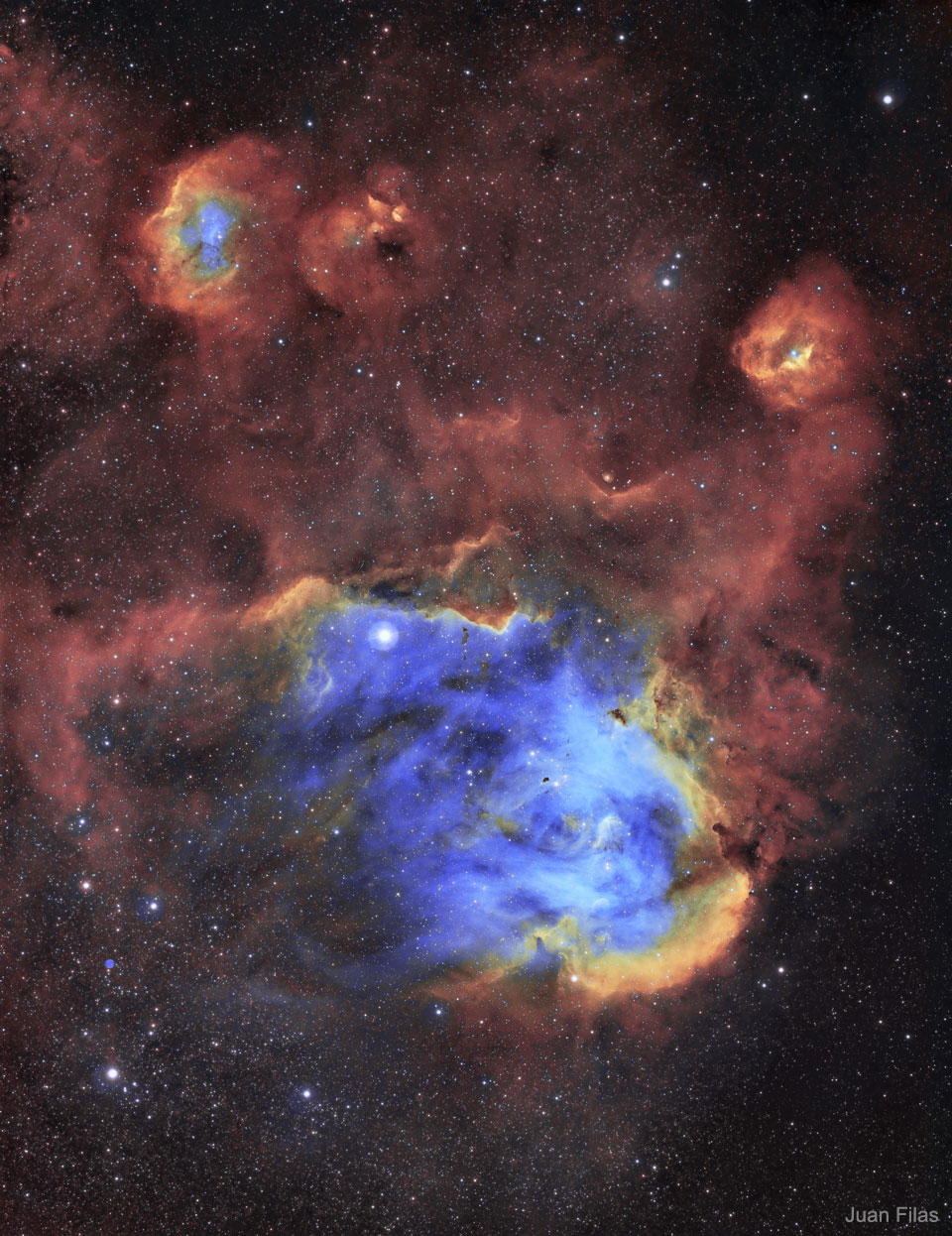Video Credit: NASA's GSFC, SVS; Lead Producer & Music: Joseph DePasquale (STScI)
Explanation:
What would you see if you could fly into the Cosmic Reef?
The nebular cloud
NGC 2014
appear to some like an
ocean reef that resides in the sky, specifically in the
LMC, the largest satellite galaxy of our
Milky Way Galaxy.
A detailed image of this distant nebula was taken by the
Hubble Space Telescope to help
commemorate 30 years
of investigating the cosmos.
Data and images of this cosmic reef
have been combined into the three-dimensional model flown through in the
featured video.
The computer animated sequence first takes you past a
star cluster
highlighted by bright blue stars, below
pillars of gas and dust
slowly being destroyed by the
energetic light and
winds emitted by these massive stars.
Filaments of gas and dust are everywhere, glowing in the red light of
hydrogen and nitrogen.
The animation next takes you to the blue-colored nebula NGC 2020, glowing in light emitted by
oxygen and surrounding a
Wolf-Rayet star about 200,000 times brighter than our Sun -- a nebula thought to be the ejected outer atmosphere of this stellar monster.
As the
animation concludes, the virtual camera pivots to show that
NGC 2020 has a familiar
hourglass
shape when viewed from the side.







